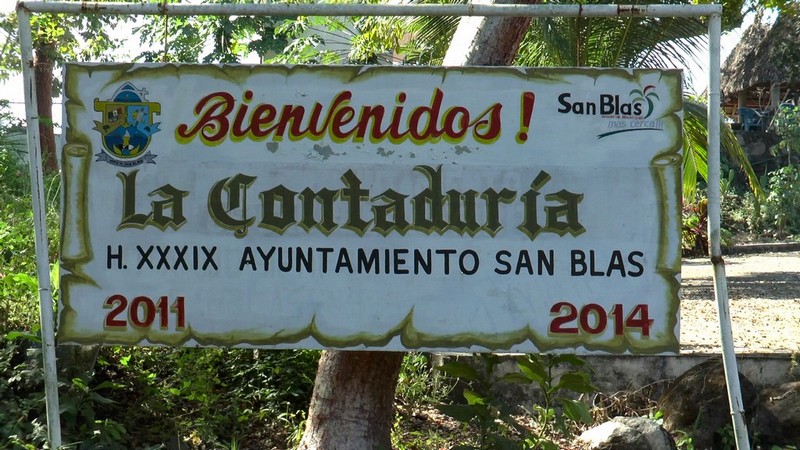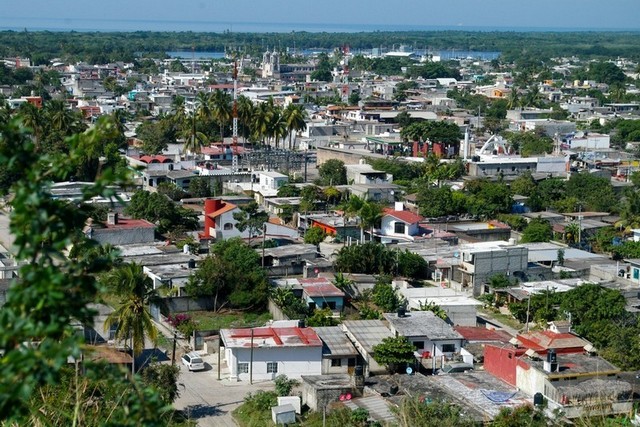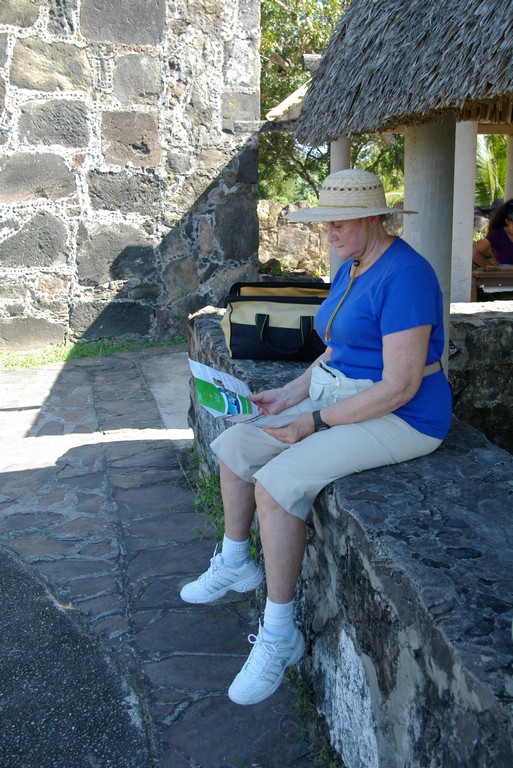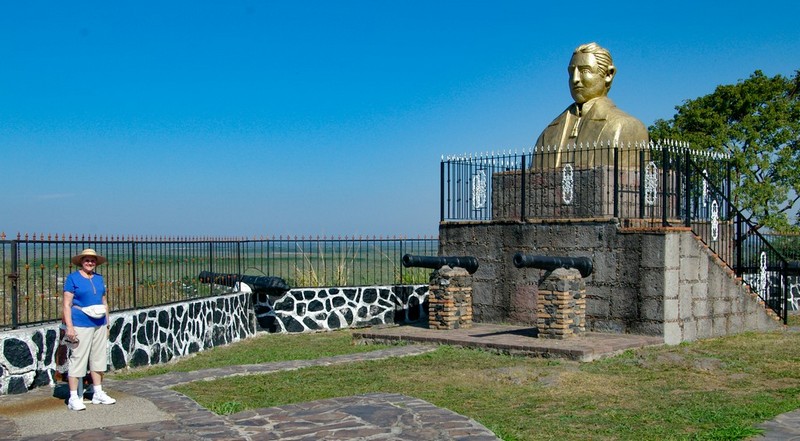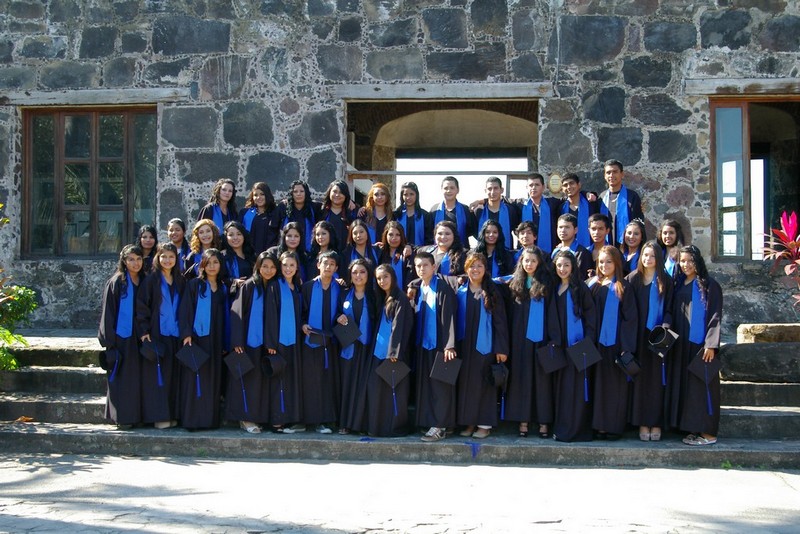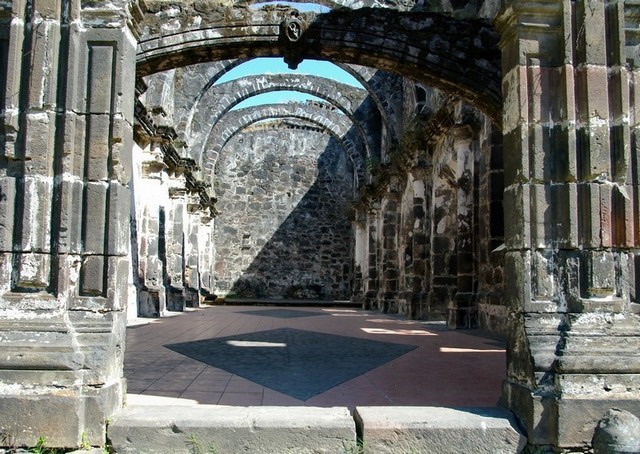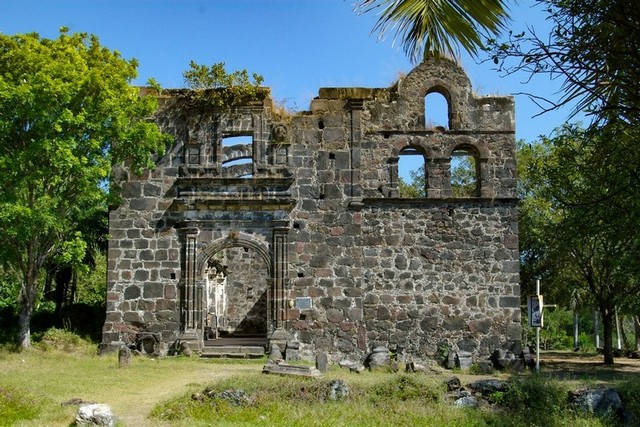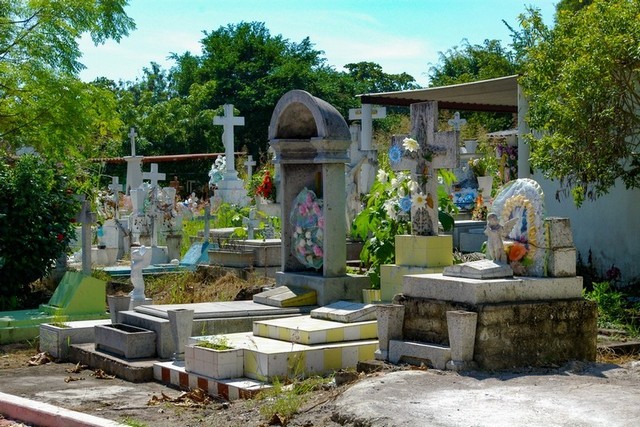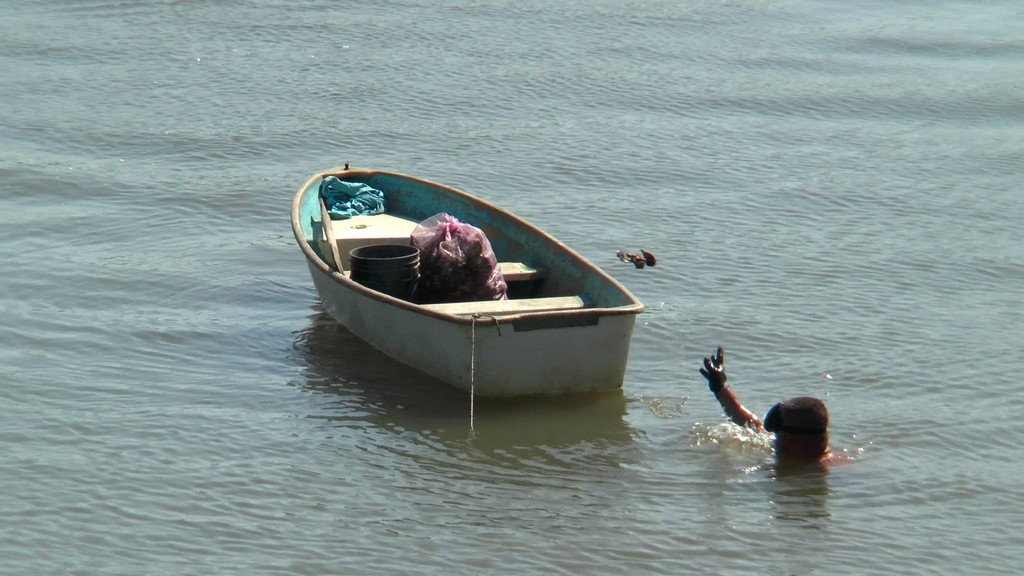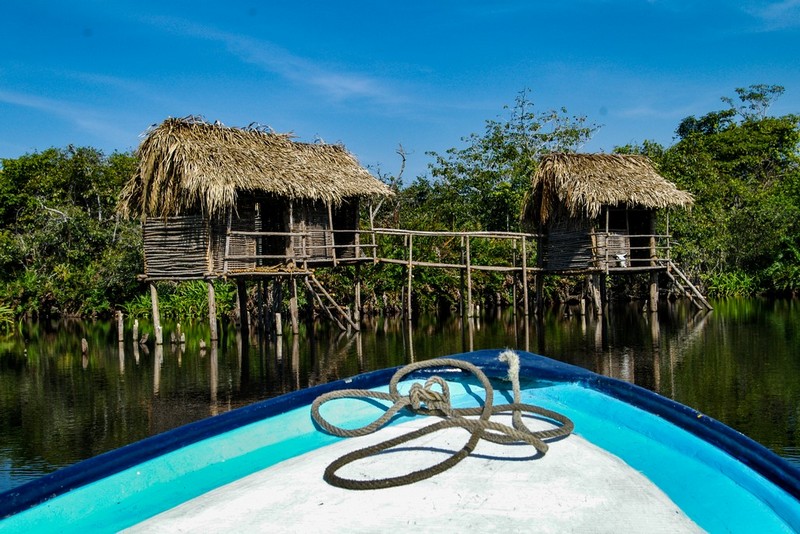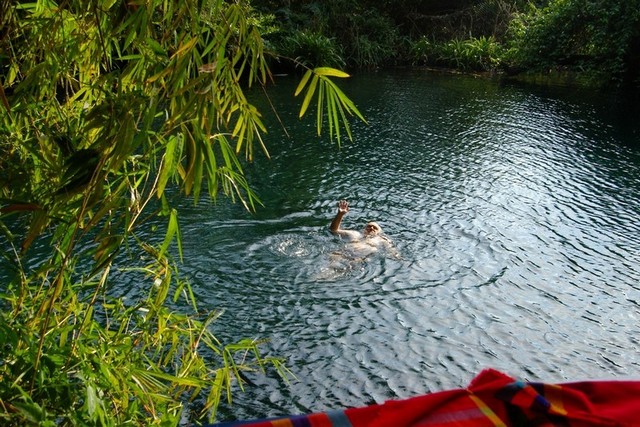Friday, 24 January 2014 – It is clear, warm, and humid. San Blas is a small town, hardly affected by the tourist industry due to the prevalence of pesky “Jejenes” or “No-see-ums” small flying insects that thrive in the Mangrove Swamps surrounding San Blas. They have a nasty bite and can even penetrate the best of Mosquito netting. Many cruisers avoid the area as do tourists because of the reputation of these insects. While this is a hindrance to the tourist development of the area, it means it has largely retained its quaint and charming parochial feel. We have found the people here to be genuinely friendly and helpful. The area’s future seems to lie with Echo Tourism due to its plentiful wildlife, a large part due to the very Mangrove swamps that breed the Jejenes.
While Galleons and Pirates have used the El Pozo estuary as a place to drop anchor, it was only in 1768 that the town was officially founded atop a hill called Basilio where a fort was built. Interestingly, the town was intended to help the colonization of California in response to English and Russian threats in the North Pacific. It has seen many ups and downs over the years including the devastating Hurricane Kenna in 2002.
We awoke early and prepared to head out and explore the area. The day’s activities were to visit the Contaduría or Fort, the old church “Nuestra Senora del Rosario” and take a jungle tour to La Tovara Springs. San Blas has inexpensive taxis, and we took one to the Contaduría for 25 Pesos or about $2.00, it was certainly the best way to get there in the heat and humidity.
This old hill fort with its Cannon overlooks the town and has been largely repaired since it took a hit in Hurricane Kenna. The roof has been rebuilt and its rooms turned into a Museum. The entry fee is 10 Pesos a person and it is certainly worth the price for the wonderful view over the surrounding area. As we arrived, a large group of schoolchildren were having their group picture taken in front of the Fort. One of them later approached us to practice her English and offer to take a picture of us. We enjoyed wandering around the Fort and looking at the town from above. We talked with one of the guards who gave us some purified water as there was little in the way of refreshment at the Fort, although we did eventually find a soda machine.
On the hill behind the fort are the ruins of the Church of Our Lady of the Rosary, built in 1769. The ruins once contained the bronze bells that are said to have inspired Henry Wadsworth Longfellow’s poem, “The Bells of San Blas”. The old church which was active until about 1872. The church is now just a stone shell but is interesting, not just because of Longfellow but also its architecture.
A short way further down the hill brought us to the local cemetery with many interesting monuments and vaults. We could well imagine the activities here on the “Day of the Dead,” (November 2nd) when Mexicans honor their ancestors with food and drink, often spending the night celebrating the memories of those long gone.
Back on the main road to Tepic we stopped for a couple of Cervezas (Beers) at Yesenias roadside restaurant. We watched as people stopped by for “Take Out” meals and in the end finished up having lunch there ourselves. Just a stone’s throw from Yesenias is the River San Cristobal and from the Bridge we watched a man dive for what looked like Oysters in the shallow but murky water. He seemed to have no difficulty finding them as he reappeared frequently, throwing his find into his boat.
After lunch, we made our way across the bridge to a small boat dock where we negotiated a trip up the creek to La Tovara Springs. Our three-hour private tour was 500 Pesos (about $40). Our guide was knowledgeable and helpful in pointing out the excellent wildlife on this creek or “Jungle trip.” We saw several Crocodiles, and a wide variety of birds. The narrow creek is lined with Mangroves, their roots falling like clusters of Stalactites from the canopy above us. Arriving at La Tovara springs, John took a swim in the clear waters of pool with the many fish that crowd this area, safe from their predators.
Returning to the bridge we summoned a Taxi to take us back to the Marina for $2.00 over the bumpy and rough cobbled streets of the town, all the way to the Marina. It was a full and remarkably interesting day.
So far, we like San Blas, it is quite charming, a real small Mexican town not overly impacted by tourism, a place to kick back and enjoy tropical sunsets with a Margarita or two while enjoying its unique heritage. The Jejenes have yet to really bother us. Tomorrow we focus on the town and its historic buildings.


